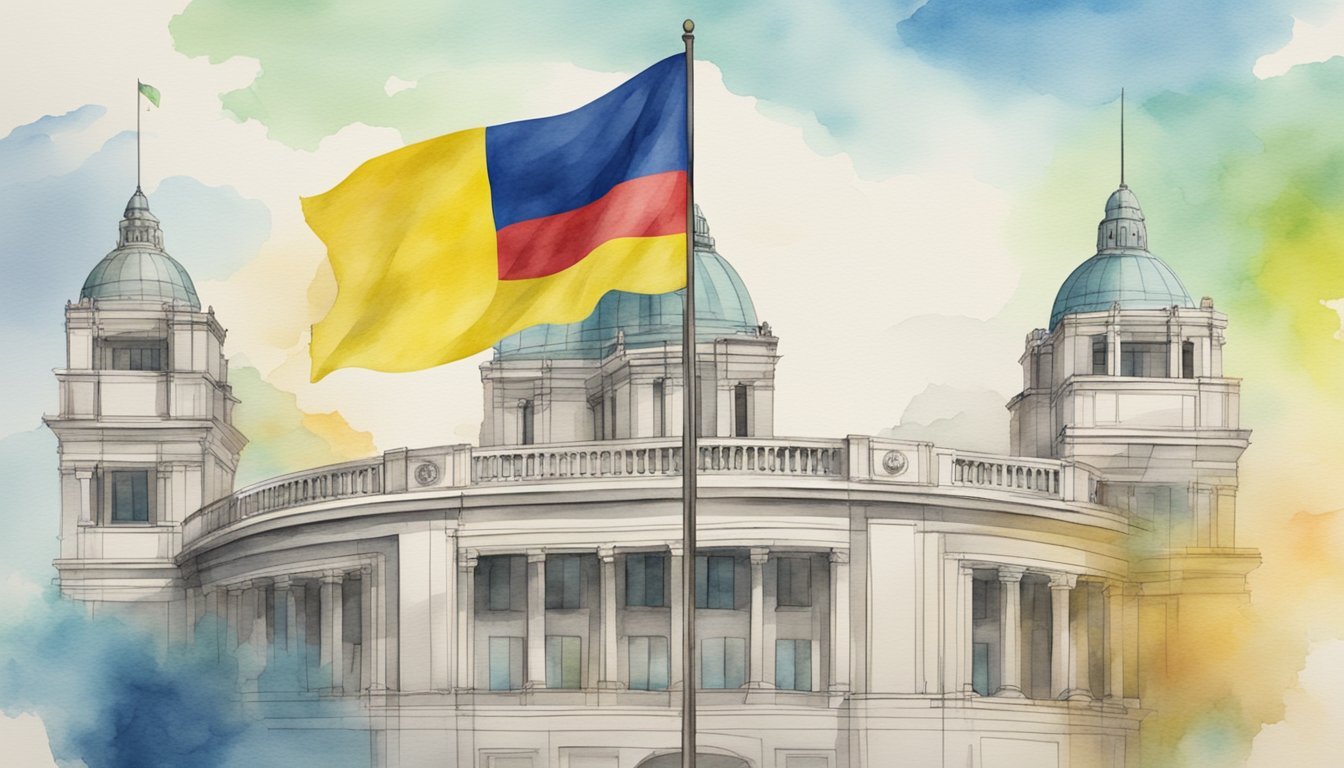Overview of Colombia
Geography and Climate
Colombia is a country primarily located in South America, with a diverse landscape that includes coastlines on the Caribbean Sea and Pacific Ocean. It shares borders with five countries: Venezuela, Brazil, Peru, Ecuador, and Panama. Colombia’s geography features impressive mountain ranges like the Andes, highlands, grasslands, savannas, and the unique ecosystems of Sierra Nevada and La Guajira. Its location near the Equator contributes to an extraordinary diversity of climates, ranging from tropical to alpine conditions.
People and Society
The population of Colombia is a fascinating mix of ethnic groups, making the country culturally diverse. There is a combination of Indigenous, Mestizo, Afro-Colombians, and European heritage reflected in the country’s social fabric. Colombia is known for its friendly and welcoming people who take pride in their rich history and cultural diversity. The majority of the population practices Roman Catholicism as their religion.
Language and Culture
Spanish is the official language spoken in Colombia, where it is used in all aspects of daily life and communication. Other indigenous languages are also spoken in some regions. Colombian culture is a blend of influences from Europe, Africa, and indigenous communities.
The country has a vibrant food culture boasting a variety of flavors and ingredients. Common staples include corn, rice, and a range of fresh fruits and vegetables. Given the diverse landscapes, Colombia also hosts an exceptional array of wildlife, making it a prime spot for ecotourism and nature exploration.
In summary, Colombia’s fascinating geography, diverse population, and rich cultural heritage offer an incredible experience for visitors and locals alike. From the picturesque Caribbean coastlines to the majestic Andes mountains, there is something for everyone to discover and appreciate.
Political and Economic Aspects

Government and Politics
Colombia, officially known as the Republic of Colombia, is a constitutional republic with a decentralized system of government. The government is divided into three branches: the executive, headed by the president; the legislative branch, composed of the bicameral Congress; and the judicial branch, which is led by the Supreme Court. The Congress consists of the Senate and the Chamber of Representatives.
The president of Colombia is both the head of the state and the head of the government. Colombia is a member of various international organizations, such as the United Nations (UN), Organization of American States (OAS), and the International Monetary Fund (IMF). The country’s capital is Bogotá, and other important cities include Cali, Medellín, Barranquilla, and Santa Marta.
| Key Facts | |
|---|---|
| Official Name | Republic of Colombia |
| Capital | Bogotá |
| Currency | Colombian Peso |
| Official Language | Spanish |
Economy and Industries
Colombia’s economy is diverse, with major industries ranging from natural resources such as coal, emeralds, oil, and gold to agriculture and manufacturing. The country is the third-largest producer of coffee worldwide. In recent years, the Colombian economy has experienced slow growth; however, it is expected to expand by 1.3% in 2024.
Some of the nation’s largest cities, such as Medellín, Cali, Barranquilla, Ibagué, and Bucaramanga, are important economic centers. The country’s currency is the Colombian Peso, and petroleum is the largest export.
- Top Industries in Colombia:
- Oil and gas
- Mining (coal, emeralds, and gold)
- Coffee
- Manufacturing
However, Colombia has long been associated with the illegal drug trade, which has negatively impacted society and the economy.
History and Conflicts
Colombia’s history dates back to the arrival of the Spanish in the early 16th century. The nation was a part of the Spanish colony known as New Granada. In 1810, Colombia, along with several other territories, declared independence from Spain, eventually forming the nation of Gran Colombia.
Unfortunately, Colombia has a long history of internal conflict. The most significant of these is the ongoing armed conflict between the Colombian government, leftist guerrilla groups such as the Revolutionary Armed Forces of Colombia (FARC), and other organizations. The government has made efforts to end the conflict with peace agreements, but the situation remains tense. The United States has supported the Colombian government in addressing these historical and current challenges.
Colombia comprises 32 departments, including Arauca, Guaviare, Huila, Meta, Putumayo, and Tolima. Each department is headed by a governor and has its own legislative body. The diverse population of Colombia includes Afro-Colombian, Mulatto, Raizal, and Palenquero communities, contributing to a rich cultural heritage.

